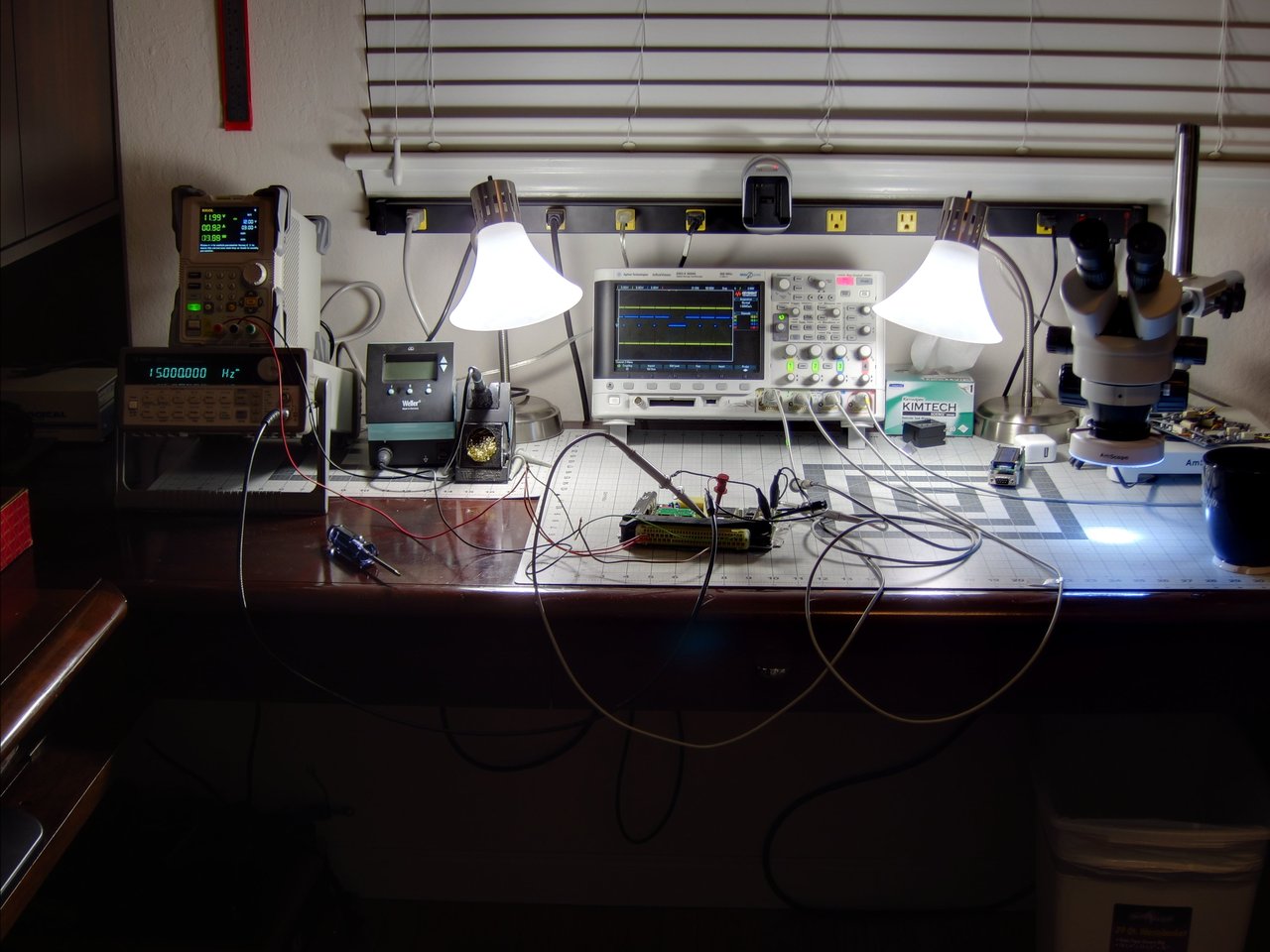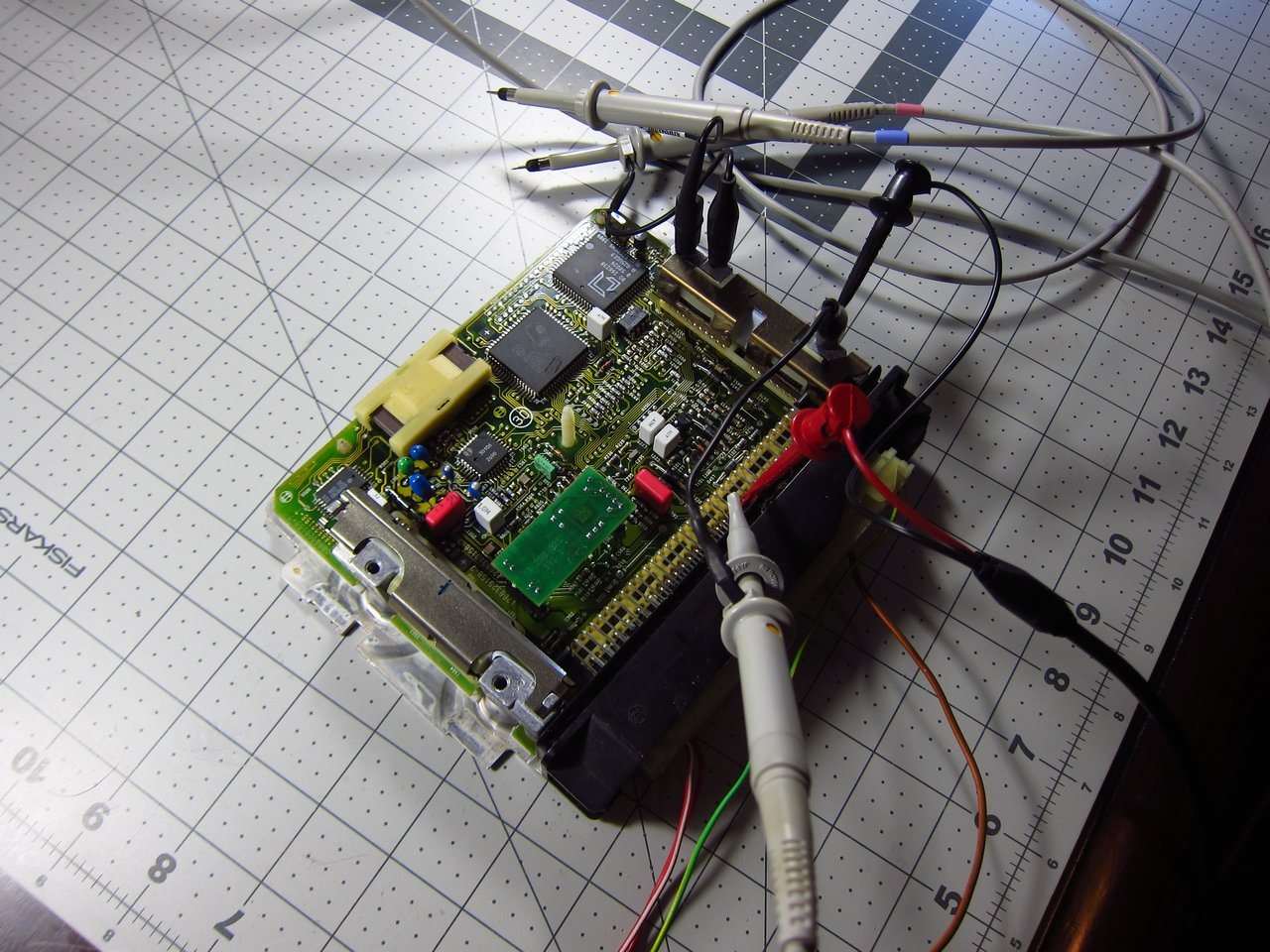Originally posted by bmwman91
View Post
Switch CTS to IAT curve (for old CTS NTC sensors), disable EWS, disable DISA, disable knock control subsystem...
I will check if added to custom firmware change injector size or not, because think I'm forgot about this.
Also need upload new XDF with lambda heating relay settings (can switch it to work constantly without relay soldering).
I'm investigate where performed consumption signal and of course need custom code for modify it, this is not surprising because any BMW M1 Motronic havent FGAT constant for adjust injector size, so its means that consumption signal is cant adjust too (of course for stock) :)









Comment